
The decline of print media
We’ve been predicting the death of print media for years, as Newsweek becomes the latest print casualty, but like most entrenched industries, it will always take way longer than anyone would expect. Despite Priceline and Kayak, there are still travel agents, albeit less of them. And print will go on in some form because in some cases, it’s still a useful way to distribute information.
We’ve seen the demise of the medium predicted as publishers cannibalized their own revenues by giving away all their content online for free with the hopes of selling banner ads. We saw a race to the bottom with banner inventory prices that was further ballooned by the rise of bloggers who, without the same barriers to entry as printing, were able to go toe to toe with some of the largest publications in the world. But forget large bloggers – there are just… so many bloggers that even if on average a blog gets 50 hits a month, times a million blogs, that’s still 50 million eyeballs the big players are missing.
When people argue against the end of print, you have to wonder if they somehow had access to hundreds of millions of dollars in investment capital, what they’d think if newspapers never existed and someone came to them with the following idea to invest in:
“Newspaper Business Plan”
“Reading the news online is great, but sometimes we miss a more artistic and tactile approach. Our plan is to take yesterday’s news, quickly create a beautiful “layout” with computer software and designers working day and night, then print millions of copies overnight in a huge printing plant using millions of dollars in equipment. We’ll then send these “newspapers” to distribution points all around the city. From there, we will utilize an army thirteen-year-old boys on bicycles who will distribute the newspapers door to door in their neighborhood after school in exchange for gratuities from our customers so they can go buy Topps baseball cards, Silly String, and Now-N-Laters. And we’ll support the whole thing with advertising. We think printing last week’s help wanted ads and apartment listings will be a surefire revenue driver!”
Why print media is destined to die
Bananapants, right? But that’s what exists. And that’s why its death is inevitable, because it’s essentially a zombie industry whose legacy allows it to borrow against its future, a future that’s dwindling faster than Tim Tebow’s playoff hopes.
Why has the death of print taken so long? While technology allowed for the dissemination of the same information print offered, only faster and for free, the same technology had not caught up to the same aesthetic and user experience that readers are used to in print. We still want a beautiful layout, or even a layout that looks like David Carson went on a meth binge. But being limited to a handful of fonts and fairly straightforward layouts most definitely curtailed online media’s ability to compete. Even though it’s faster and more timely to get information online, we still love to turn pages.
The tablets changed all that. Slowly, we’re seeing digital versions of publications that let us flip through the pages like a magazine or newspaper that have not only the same beautiful design as a printed piece, but even embed video and animations in a way that doesn’t seem weird. We now live in the future. It’s only a matter of time before everyone catches up.
The fudging of distribution numbers
Print is further hampered by the fact that, as opposed to highly trackable and audible online media, for its entire existence, print’s numbers were, well, bullshit.
The standard readership numbers went something like “Well, so we printed 100,000 copies and sent them to 100,000 homes. We figure each home has 8 people living in them, plus, you know 5% of homes were burglarized by second time offenders who had literacy training in prison, and our cousin had a plumbing problem so you know that whole work crew was in his house last week, therefore, if everyone who came within 50 feet of the publication dropped everything and read it cover-to-cover, then clearly at least 4 million people read it (if not like 8 or even 30 million on a good day!) and we have a feeling because of all the pretty colors and its proximity to the last 1000 words of our hard-hitting expose on the 100% rise in toothpick-related fatalities from 1 to 2 in the past year, they especially paid attention to your 1/4 page ad on page 168. Did we mention sometimes after people throw the publication out, the garbage collectors read it on their break?”
Print is on the way out. But you can still take advantage of it as a marketer.
Print on the long tail
Forget buying a full page ad in the New York Times. Media rates at that level are determined more by supply and demand than what their real ROI is going to be to an advertiser. What I’m talking about is local newspapers, college newspapers, anything with a circulation below 10,000 or so. Trying to build a new brand with a broad target market on a budget? As opposed to a major publication, who may not return your phone call even if you do have a check for $50,000, that same money could be spent to advertise in 50-100 small publications and actually reach more people.
Of course, in the digital age, how do we translate our print to online effectively? Creating brand awareness is great. But if you’re used to the instant gratification of seeing your analytics pop up in real time, the glacial speed in which print moves can be quite frustrating.
Bridges to digital
• Contests: Using print as a way to supplement a contest being held via social media is a great way to get more people involved. The key here is the “carrot.” It makes no sense to spend $50,000 to give away a $50 gift card or 10% off the purchase of your mediocre product. Be imaginative with the prizing. Find something bespoke on Etsy made by someone who has a great following and leverage their social audience as well. Buy something bizarre on eBay. Make something compelling enough that I’m going to grab my phone and find your contest right now, while I’m looking at the ad. And sure, use a QR code if you must for tracking, but remember that for most of us, QR codes are ugly and make us throw up in our mouth a little.
• Experiential and Events: Hold some sort of special event in a local market that requires an online RSVP. Or use it to announce that your experiential tour van is going to give away free samples at a set time and place and anyone who pre-registers online gets a special incentive. Remember, when we use the long tail print above, you’re in local and college newspapers – people tend to actually pay more attention if you’re taking about something going on in their community. For example…
• Making a difference in the local community is a great way to translate print to digital. You can pay Facebook $1 per like by buying ads, or you could donate a dollar to the local homeless shelter or community garden, or even let people vote on what difference they want made in their community. Even if it’s used to grow Austin weird.
Enjoy it while you can
Once your have your print pointing to digital, you can consider a feedback loop. Follow up the print with ads featuring photos of the event you held, pointing to a microsite where the people who attended can download them. Update it with news on the progress of the community activation, so people can see that you did use the funds to have 3D Chalk Dude draw the rival school’s mascot being sucked into the fiery pits of hell.
As print becomes less popular, ad rates will continue to fall. It won’t last forever, but smartly integrating print into your digital is something you can enjoy while you can.
Marc Lefton is a creative director and tech entrepreneur with over 20 years of experience. He's a partner in Digikea Digital based in NYC and Gainesville, Florida.



















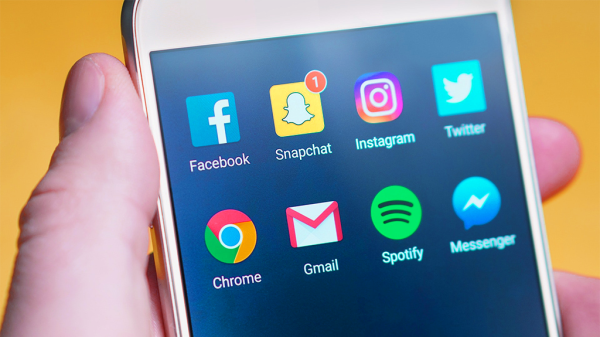
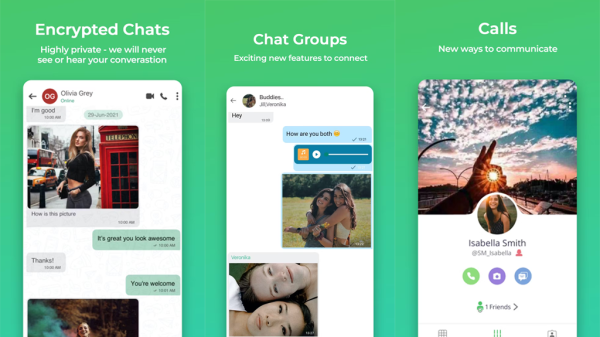
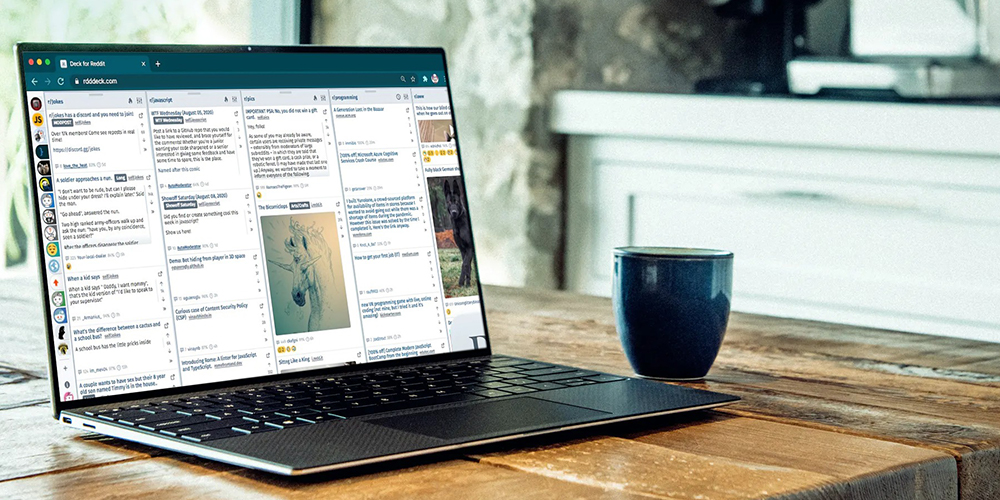






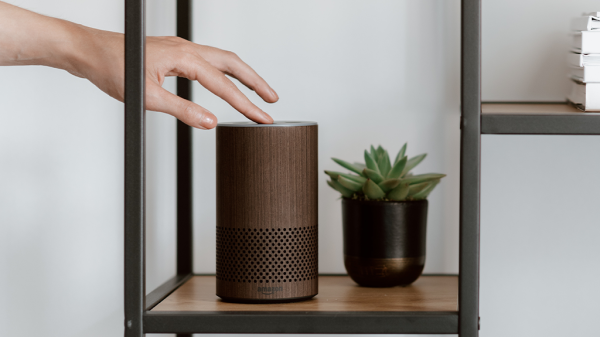

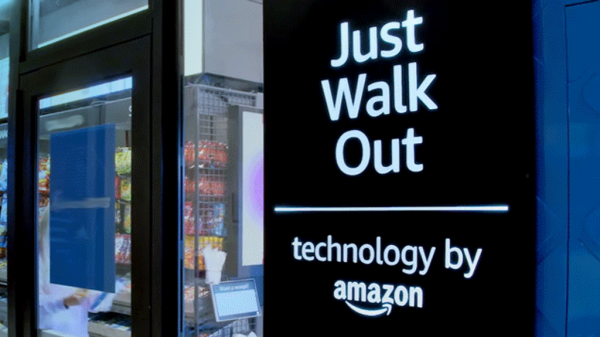








agbenn
December 26, 2012 at 3:59 pm
Great article, the only thing missing is the monitization of the online space, it’s expensive for online publishing too and just gets more expensive every year. Dev costs, hosting costs, passed on cost of bandwidth we used to get for free because we were smaller publications, and the overhead of content production in general, web editors, staff and the like. This notion that paying penny ad rates on a niche site is bullshit in and of itself. It ain’t going to happen. What’s it cost to run a television ad that’s barely targeted? It should be equal to the ad spend on many online publications but it isn’t even an nth of that. No, my prediction, is the web is going to get even more expensive, and even the big online publishers will suffer as long as companies like google continue to drive down the cpc or cpm, demand has a price, and pretty soon, those eyeballs will be paying for it – it’s just a matter of them catching up to reality – business cost money no matter it’s location.
halffiction
December 27, 2012 at 7:59 pm
Thanks, Benn – yes it’s not only rising costs on your end, the driving down of CPMs by Google, etc. but supply/demand are affected by taste and lack thereof. I’m in the business of making creative and beautiful ads which are expensive to produce and require talented people to execute, much like your business. However, someone who has a cousin with a stolen copy of photoshop could easily make a mockery of what we do both from a design and copy aesthetic all the way down to the technical details of production and a client with poor taste will just see the cost savings. In an online publication’s case, the oversupply is coming from many more directions, from content mills and SEO spammers, people posting cat photos on Facebook, etc.
JoeLoomer
December 27, 2012 at 7:42 am
Benn hit the nail on the head. I thoroughly enjoyed the article, but at least in my small neck of the woods, the only local paper charges similar fees for online ads as for print, even increasing their fees as their distribution numbers decline (thereby helping the snowball down the hill).
Navy Chief, Navy Pride
halffiction
December 27, 2012 at 8:01 pm
That definitely makes sense, when I lived in a small town I saw the local paper doing the same thing. Local advertisers are often not savvy about what online stats are meaningful.